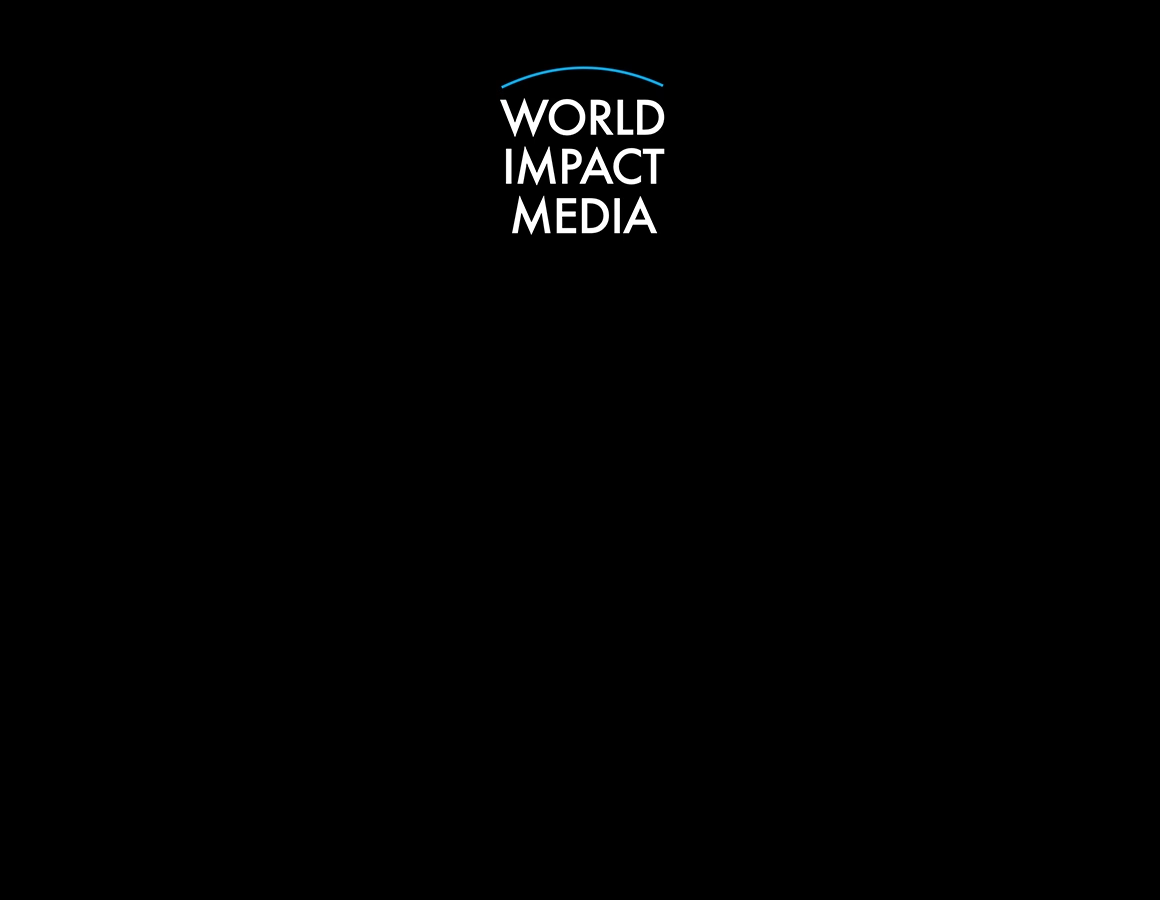The war between Ukraine and Russia, which began with Russia’s full-scale invasion in February 2022, has become one of the most devastating conflicts in modern European history. As the fighting drags on with no clear resolution, many are asking: When will this war finally end?
While no one can predict the exact outcome, experts and analysts have outlined several possible scenarios that could determine the war’s conclusion.
Possible Endgame Scenarios
1. Ukrainian Victory & Russian Withdrawal
- Ukraine pushes Russian forces back to pre-2014 borders (including Crimea).
- Western military aid (U.S., EU, NATO) remains strong, giving Ukraine the upper hand.
- Russia faces internal collapse due to economic strain, military failures, or political unrest.
Likelihood? Moderate—Ukraine has shown resilience, but Russia still holds significant territory.
2. Frozen Conflict (Long-Term Stalemate)
- Neither side makes major advances; war settles into a prolonged stalemate.
- Similar to the 2014-2022 Donbas conflict, but on a larger scale.
- Occasional flare-ups, but no full-scale offensives.
Likelihood? High—Many wars (e.g., Korea, Cyprus) have ended in frozen conflicts.
3. Negotiated Peace Deal
- Both sides agree to a ceasefire and territorial compromises.
- Ukraine may cede some occupied regions in exchange for security guarantees.
- Russia claims “victory” while avoiding total defeat.
Likelihood? Possible, but neither side is currently willing to compromise.
4. Russian Regime Change & War Collapse
- Putin’s government falls due to military failures, sanctions, or coup attempts.
- A new Russian leadership seeks peace to end economic isolation.
Likelihood? Uncertain—Putin still has firm control, but long wars can destabilize regimes.
5. Escalation Into Broader War (Worst-Case Scenario)
- NATO gets directly involved if Russia attacks a member state (e.g., Poland, Baltics).
- Potential nuclear threats increase global instability.
Likelihood? Low but not impossible—Both sides want to avoid WW3.
Key Factors That Will Influence the War’s End
- Western Military Aid – If U.S. and EU support continues, Ukraine can keep fighting. If aid slows, Russia gains an advantage.
- Russian Morale & Economy – Sanctions, casualties, and draft resistance could weaken Russia’s war effort.
- Ukraine’s Counteroffensives – Future attacks could reclaim more land or exhaust Ukrainian forces.
- Global Politics – U.S. elections, EU unity, and China’s role could shift the war’s direction.
When Could the War End? Predictions
- 2024-2025: Possible ceasefire talks if neither side achieves a breakthrough.
- 2026-2030: Prolonged conflict if Russia refuses to withdraw and Ukraine resists concessions.
- Beyond 2030: Frozen conflict with no formal peace treaty (like Korea’s DMZ).
Conclusion: No Easy End in Sight
The war’s end depends on military outcomes, political decisions, and global support. While Ukraine fights for full liberation, Russia shows no signs of surrendering. The most likely near-term result is a stalemate with intermittent fighting, but surprises—like a Russian collapse or NATO intervention—could change everything.
















